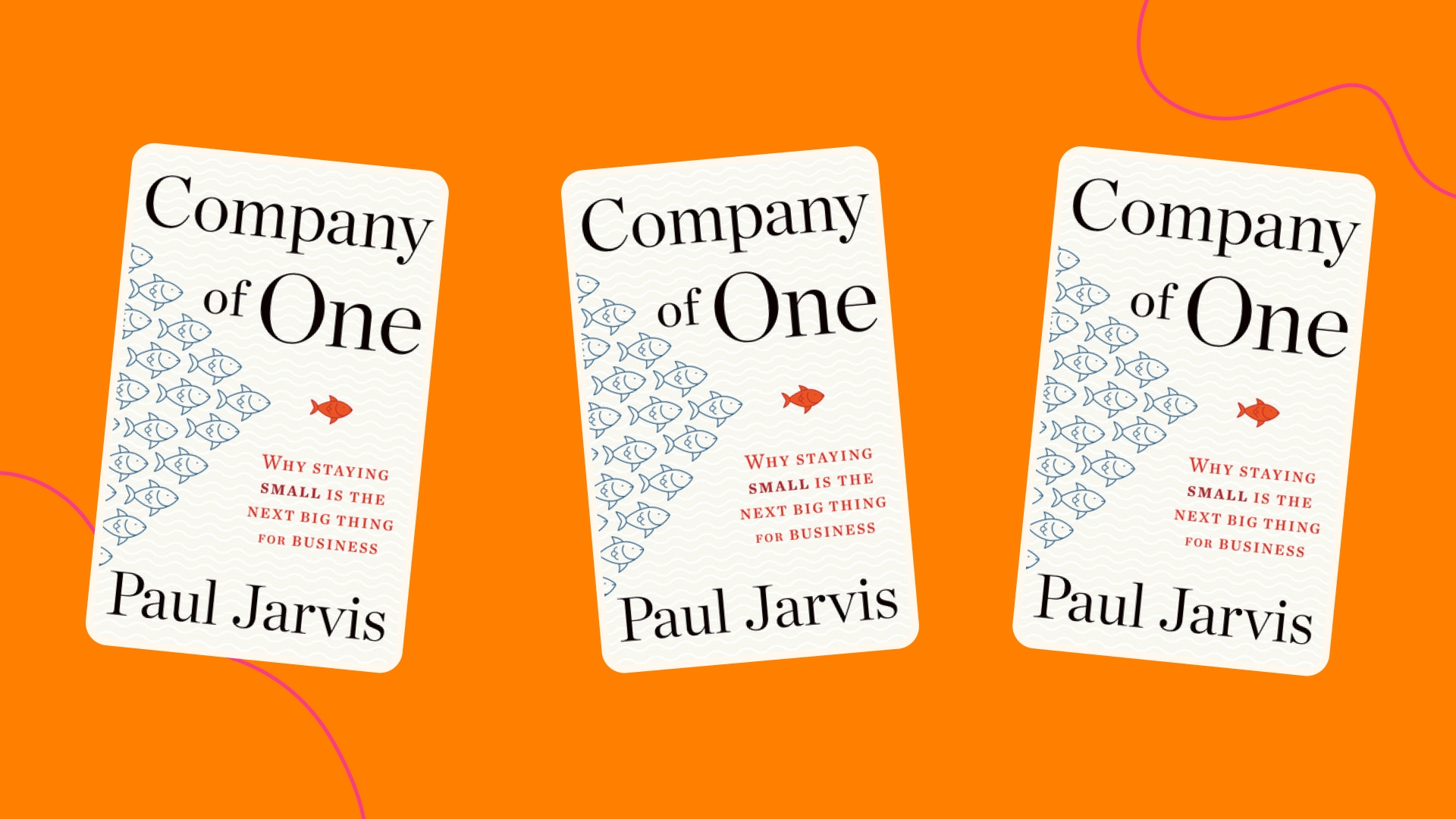When following and adopting the company of one mindset and practices explaining in the previous reflections and in more reflections to come, it is important to note that growth is much slower in a company of one. This is because growth within a company of one is incremental from zero (there is no venture capitalist investing money and you are not operating based on expected profits). Due to the scaling focus of a company of one, exponential profit increases are not a core objective, as just hitting profitability is usually enough (p. 166). Previous readings I have done discuss growing a company (with the help of venture capitalist funding) as fast as possible, and then selling that company to turnover a profit (book titles are mentioned in the Prologue book reflection post). Jarvis holds an opposing view of these strategies. I believe much of the analysis points discusses all tie back to Jarvis’ point that it is important for entrepreneurs to first decide what they want their life to look like. A study conducted by Michael Porter and Nitin Nohria, coded and collected over 60,000 CEO hours were collected that represented work time and work-life balance data. The study concluded that a CEO’s average workday lasts 9.7 hours during a normal work week and CEOs spent an average of 62.5 hours a week working (Harrop, 2018). This, in fact, is not the life that Jarvis lives, as he focuses on scaling, opposed to growth, to avoid this extreme amount of working.
A super cool example I would like to note is Katherine Krug, the CEO of BetterBack. She turned down a Shark Tank deal and funded her company through crowdfunding, as she finds it more liberating. She has gone on to be highly profitable and she is now able to spend each business quarter in a different country! Her and her business (along with her employees) are more focused on personal growth, rather than on exponential profit growth (p. 172). This is a truly amazing display of workplace flexibility and work-life balance. It was all done by starting simple and finding ways to have the least amount of expenses and investment upfront (p. 174).
This is something I plan to research more in the future; however, I figured I would ask my audience now! How is one able to get fired from a company that they created (they are the CEO)? This was mentioned within this chapter and is something I find very interesting and quite odd (p. 174). What is the legal process or rules that go in to doing something such as this?
Jarvis concludes this chapter with the following thought-provoking messages. The following has been retrieved directly from his book.
BEGIN TO THINK ABOUT
- A new business or product you could start right now by execiting the smallest version of your idea
- How to determine your MVPr, the steps that could be taken to ahcive it as quickly as possible, and what could be scaled back to reach it faster
- A product or service that would be the simplest solution to a problem your customers are having
- Whether you could start your company of one without capital and what that would look like (p. 179).
Click here to view all references for this post.


2 responses to “Launching and Iterating in Tiny Steps”
Maddie,
This is another thought-provoking post. Thank you for sharing your insights from your “Company of One” book. The lessons around methodical, slower growth rival what I read in “Profit First”. I think Jarvis, as the author of my book, teaches that focusing on systems and efficiencies yields profitability. I’m also learning that prioritizing financial goals instead of hyper-growth makes the company more profitable in the long run. This approach is the healthiest way for any CEO workloads and stress levels.
Regarding your question about CEOs being fired from their own company, I think this may be possible when they are not the majority owner/shareholder. In this case, their board can vote them out and replace their seat.
Best, Coral
Coral,
I love your takeaway that this book promotes heightened systems efficiencies to yield profitability, while prioritizing stringent financial goals to gain success and promote longevity. This is a healthy approach for CEOs both physically and mentally. I have read a book before (unfortunately, I cannot remember the name or author) that told the story of a CEO who became incredibly sick, as she was hyper-focused on her work to the point where it became an unhealthy addiction in a sense. She eventually took time off, as she actually developed severe physical illness due to this.
Thank you,
Maddie